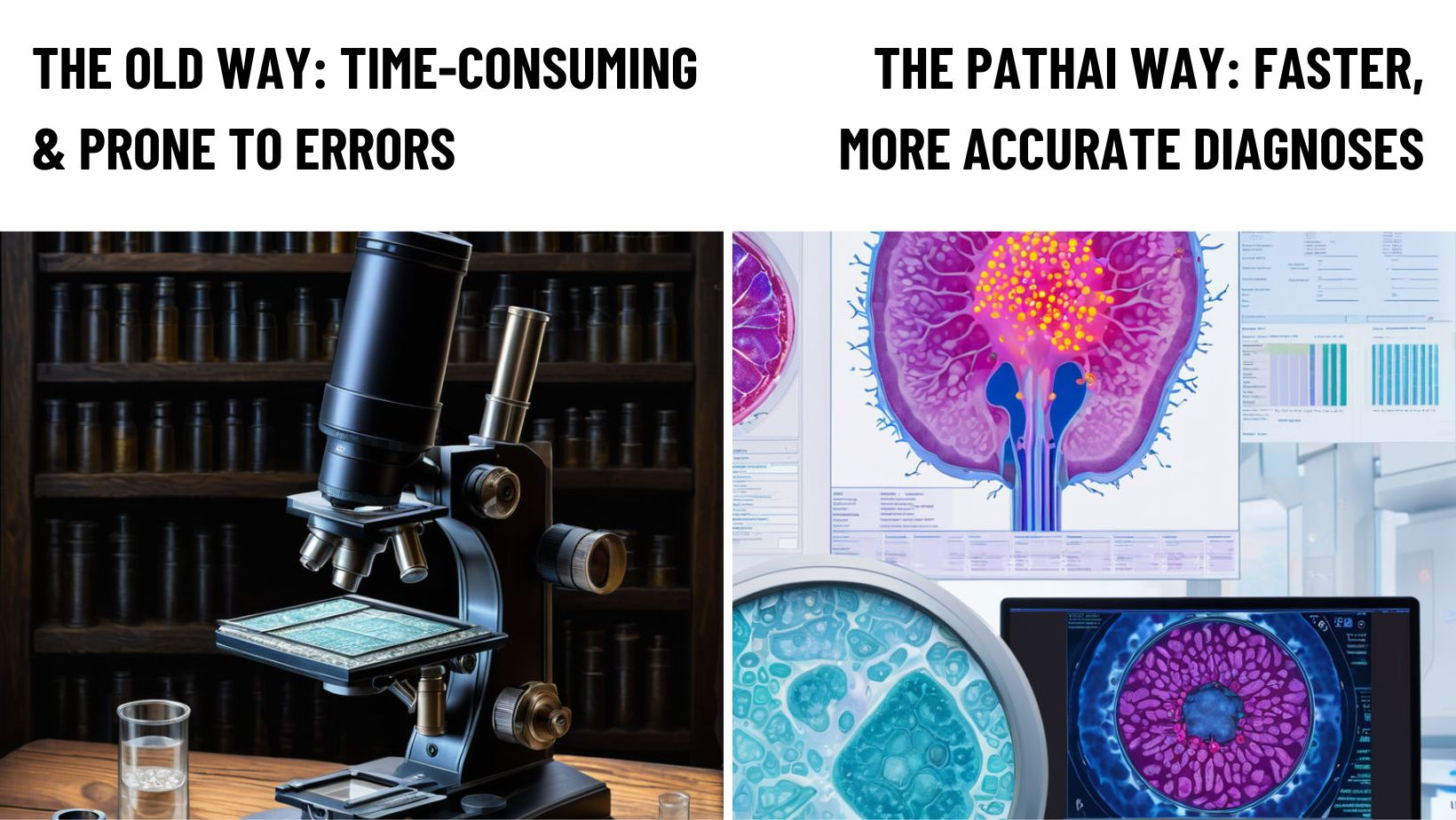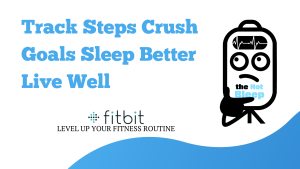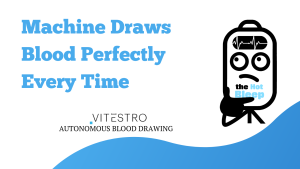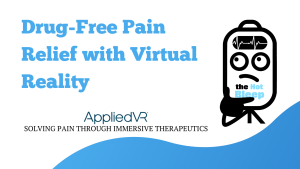Machine learning has found its way into pathology via PathAI
Looking down a microscope during Histology was not my best time in medschool. Now, PathAI is shaking up the pathology world with its cutting-edge machine learning platform. By harnessing the power of AI, PathAI boosts the accuracy of diagnoses and treatment plans for diseases like cancer. Think of it as a supercharged assistant for pathologists, pinpointing disease markers with laser precision and speed. Not only does it enhance diagnostic accuracy, but it also streamlines workflows, allowing doctors to make faster, more reliable decisions. In the fight against complex diseases, PathAI is an excellent sidekick in the lab.
You may be wondering how PathAI does that…
The secret sauce? Training with thousands of digital pathology images. This allows the platform to spot patterns and anomalies that even the sharpest human eyes might miss. By learning from this massive dataset, PathAI can identify subtle indicators of disease, providing pathologists with an incredibly accurate and efficient tool. It’s like having a microscopic detective with superpowers on the case, ensuring nothing slips through the cracks.
This is a huge win for pathologists because it boosts their diagnostic accuracy and speeds up their workflow. Instead of second-guessing, they just feed slides to PathAI and get precise results. With training data from partnerships, like the one with the Institute of Pathology at the University Hospital Basel, PathAI refines its algorithms by learning from annotated slides. These algorithms work like a black box, learning from patterns in the data to predict patient outcomes. After training, the platform shows pathology images through the AI’s eyes, highlighting regions of interest in vibrant colors. This not only confirms what pathologists see but might also reveal new insights, like predicting a patient’s response to immune therapy. The ultimate goal? To build applications that doctors can use in real-world settings, transforming the future of pathology.
What are digital pathology images?
Digital pathology images are high-resolution digital representations of traditional glass slides used in pathology examinations. By leveraging these images, PathAI has significantly enhanced its diagnostic capabilities. These digital slides allow for more precise and detailed analysis, reducing the chance of human error. Furthermore, they facilitate easier sharing and collaboration among pathologists worldwide. This technological advancement not only streamlines the workflow but also accelerates research and development in precision medicine, making PathAI more successful and impactful in the medical field.

So back to PathAI
Artificial Intelligence isn’t just the future—it’s our present reality. It’s reshaping industries and transforming how we live and work. AI’s rapid advancement brings both opportunities and challenges. To navigate these changes, we interviewed Dr. Eric Walk, Chief Medical Officer at PathAI.
Meet Dr. Eric Walk
Dr. Walk leads the pathology team at PathAI Diagnostics and has over 20 years of experience in precision medicine and oncology. He has previously worked at Roche Tissue Diagnostics and Novartis Oncology.
How PathAI Stands Out
Dr. Walk highlights PathAI’s passion for improving patient outcomes with AI-powered pathology. The company combines AI pathology solutions with comprehensive pathology services, enhancing both diagnosis and drug development.
Key Traits for Success
Dr. Walk credits his success to authenticity, genuine interest in people, and a focus on developing others. He emphasizes the importance of building strong relationships and helping team members grow.
AI’s Impact on Pathology
AI is transforming pathology by processing vast amounts of data to identify novel disease relationships. It enhances diagnostic accuracy, speeds up workflows, and supports precision medicine.
Specific AI Technologies
PathAI utilizes convolutional neural networks (CNNs) for scalable pathology tasks and end-to-end AI for discovering new biomarkers. These technologies enable more precise and efficient diagnostics.
Pivotal AI Moment
Dr. Walk recalls his initial skepticism about AI’s potential, which turned into belief after seeing data that showed AI predicting complex genomic changes from simple H&E slides. This method could democratize molecular diagnostics globally.
Preparing for AI Integration
Dr. Walk emphasizes the need for pathologists to understand AI methodologies. He advocates for continued professional development and collaboration with organizations like the College of American Pathologists.
Ethical Considerations
Transparency, data diversity, and proper validation are crucial for maintaining trust in AI pathology. Protecting patient confidentiality and ensuring ethical AI use are top priorities.

Now, this is not to say a pathologist doesn’t need to cross-check PathAI
Because they do. Yes, PathAI gives very predictable results because it has learned patterns but it is still just an assistant to a pathologist.
Just in the same way generative AI art gives artists an idea or concept to start from.
PathAI is not only helping the fight against cancer – its spreading like cancers!
In one of many collaborations and intergrations, they have partnered with Cleveland Clinic for five years to develop new AI tools for diagnosing diseases. PathAI is a platform with a lot of potential to change the diagnostics game. PathAI’s AI-powered pathology platform is being utilized by a variety of prestigious institutions and companies, enhancing both research and clinical diagnostics. Some notable examples include:
- Cleveland Clinic: This leading healthcare provider has partnered with PathAI to leverage AI for developing new pathology diagnostics and improving patient outcomes. This collaboration involves digitizing hundreds of thousands of pathology specimens and linking them with clinical and molecular data for comprehensive analysis (FierceHealthcare) (Inside Precision Medicine).
- Labcorp: One of the largest clinical laboratory networks in the world, Labcorp collaborates with PathAI to integrate AI-powered pathology into drug development and clinical testing, particularly in oncology and other disease areas (Labcorp).
- University of Pittsburgh Medical Center (UPMC): UPMC, a renowned health system, participates in PathAI’s Early Access Program, utilizing the AISight digital pathology platform to advance precision medicine (PathAI).
- NeoGenomics Laboratories: A national reference laboratory specializing in cancer diagnostics, NeoGenomics uses PathAI’s technology to enhance its diagnostic capabilities and improve patient care (PathAI).
- PathGroup: Serving over 200 hospitals and 15,000 referring physicians, PathGroup partners with PathAI to deploy AI-powered algorithms, thereby boosting diagnostic accuracy and efficiency (PathAI).
These collaborations reflect PathAI’s extensive reach and the high level of trust and integration it has achieved within the medical and research communities. To learn more about PathAI and its innovative work, you can visit their website.
What the experts are saying
Here are 10 ways PathAI is changing pathology
- Accuracy Boost: PathAI’s AI doesn’t get tired or distracted, ensuring precise diagnoses.
- Speed: Faster than a human pathologist, it can process and analyze slides at lightning speed.
- Consistency: No “bad days” – it’s always on point, delivering consistent results.
- Large-Scale Data Handling: Can handle massive datasets without breaking a sweat.
- Improved Workflow: Helps pathologists streamline their workload, reducing burnout.
- Continuous Learning: Always learning and improving, like the ultimate med student.
- Early Detection: Spots subtle changes that even eagle-eyed humans might miss.
- Cost-Effective: Reduces the need for repeat tests, saving time and money.
- Accessibility: Makes high-quality pathology accessible even in resource-limited settings.
- Collaboration: Enhances collaboration between pathologists and AI, creating a super team.
Want to dive deeper? Check out more about PathAI here.
Meanwhile, there is a Royal Rumble behind the scenes…

The AI Pathology Royal Rumble!
Top 5 Competitors
- Tempus Tempus uses AI and machine learning to collect and analyze clinical and molecular data, helping physicians make data-driven decisions in oncology. Their platform integrates genomic and transcriptomic sequencing with clinical data to create a more comprehensive view of a patient’s cancer.
- Proscia Proscia offers digital and computational pathology solutions that leverage AI to improve the speed and accuracy of pathology workflows. Their platform, Concentriq, is designed for research and diagnostics, facilitating the transition from glass slides to digital workflows.
- Paige Paige focuses on AI-driven diagnostic software for pathology. Their AI models are trained on a vast amount of pathology data to assist pathologists in diagnosing cancer more accurately and efficiently. Paige is also FDA-approved for certain diagnostic tools.
- Ibex Medical Analytics Ibex develops AI-based cancer diagnostics solutions. Their Galen platform uses machine learning to assist pathologists in detecting and grading cancers in histological slides, aiming to enhance diagnostic accuracy and improve patient outcomes.
- PathAI Of course, PathAI itself is a major player in the AI pathology space, offering cutting-edge solutions for pathology diagnostics and research. Their algorithms improve diagnostic accuracy and streamline workflows, making significant contributions to precision medicine.
These companies are pushing the boundaries of what’s possible in pathology, using AI to transform diagnostics and improve patient care. Each brings unique strengths and innovations to the table, contributing to the rapidly evolving field of digital pathology.
Pros and Cons of PathAI
Now that you’ve got the scoop on PathAI and its cutting-edge technology, it’s time to explore further. Head over to their website and dive into the world of AI-powered pathology. Discover how they are transforming the field, boosting diagnostic accuracy, and streamlining workflows. Don’t miss out on the opportunity to see how PathAI is shaping the future of healthcare. Visit PathAI and get all the details!
Got thoughts? Share them in the comments and let’s chat! Don’t forget to share this post and spread the word about this amazing tech!









